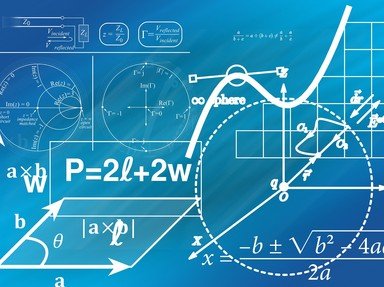Quiz Answer Key and Fun Facts
1. What are the two basic characteristics of a vector?
2. Vectors are often split into two or more orthogonal components. What is true of these components in relation to each other?
3. Where 'a' is the length of the vector and 'B' is the angle it makes with the x-axis, what is the length of its component along the x-axis?
4. How are vectors represented graphically?
5. What is a 'unit vector'?
6. How do you add two vectors graphically?
7. How do you add two vectors algebraically?
8. The norm of a vector, found by taking the square root of the sum of the squares of the components, is equal to what quantity?
9. The dot product is used to multiply two vectors for a scalar result. When you dot vectors r and s, with angle Q between them, the answer is equal to which of the following values?
10. The cross product is a way of multiplying two vectors for a result that is a vector. What geometrical quantity does its length represent?
Source: Author
CellarDoor
This quiz was reviewed by FunTrivia editor
rossian before going online.
Any errors found in FunTrivia content are routinely corrected through our feedback system.


